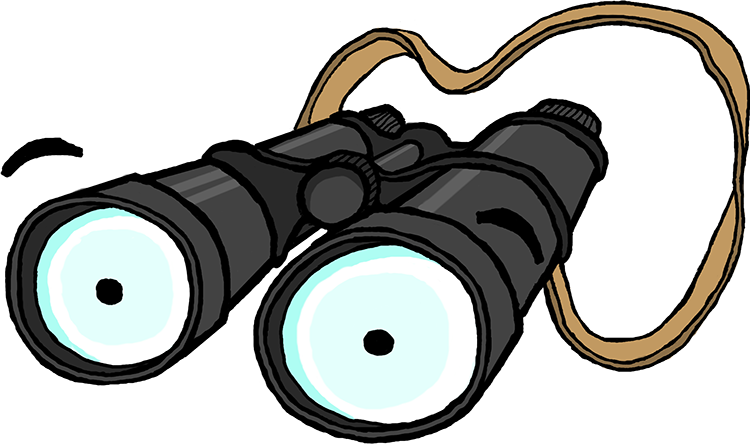Hospitals
The First World War was a new kind of war; hospitals and medical personnel had to adapt and advance quickly to save the seriously wounded. The war witnessed an unprecedented number of casualties: in total, around 9 million soldiers died and more than twice that number were wounded.
DID YOU KNOW...?
In France, a guillotine, a variation on the one used to cut off heads in the French Revolution, was used to amputate limbs.
The Chain of Evacuation
The chain of evacuation was created to manage the mass of injuries caused by fighting on the front line, and to save as many lives as possible. At each stage a professional could decide if the injured soldier could re-join their regiment or needed further help. Evacuation back home for treatment was not simple, and there was not one set method. Sometimes stretchers and horses were used and sometimes hospital trains and ships were created!
Transporting the wounded
Ambulances:
Motorised ambulances were used for the first time during the First World War. The Red Cross established a motor ambulance department which resulted in a fleet of over 3,400 motor vehicles including over 2,000 motor ambulances. Motorised ambulances became the preferred method of transporting the wounded as opposed to horse ambulances. Many of the drivers were cabbies from London.
Trains:
After treatment in a Casualty Clearing Station, if deemed necessary, men could be loaded into a train with hospitals beds and equipment. This way they could quickly get to a base hospital or near to the French coast, if the injury needed specialist treatment. The British initially used old French trains, but as time went on they began to build their own. The mobile hospitals proved useful and popular, both increasing chances of survival and a key way to drum up charitable donations from back home!
Ships:
The Red Cross and the Army Medical Services worked together for the first time in 1898 to transport wounded via the sea. Motor launches, which were small military vessels, were used as hospital ships to serve Mesopotamia during 1915. By the end of 1916, 33 British Red Cross launches were in operation in Mesopotamia. The Red Cross also had a river hospital ship, Nahba, which carried patients between Basra and Baghdad from May 1917.
3rd Australian General Hospital (3AGH)
The British War Office knew that medical care was urgently needed at Gallipoli, so asked well-known Italian surgeon Thomas Henry Fiaschi to set up the 3rd Australian General Hospital (3AGH). 3AGH helped Allied troops and injured patients all over the world.
The first was established on the Greek island Lemnos, and on 8th August 1915 forty nurses from the Australian Army Nursing Service (ANNS) arrived. They received around 200 wounded from Gallipoli on the first day increasing to over 800 in just a few days. Thousands were wounded and brought to the hospital but only 33 men died from their injuries or disease! Although the Allied troops left Gallipoli in December 1915 the hardworking hospital staff did not stop work there. They moved to Cairo, Egypt, in January 1916, where they treated 7,400 patients, of which only 143 died. The success of 3AGH continued until the end of the war with their bases in England and France.
Indian Hospitals
Brighton was chosen as the site for the first set of hospitals in Britain dedicated to the care of wounded and sick Indian soldiers. The town authorities gave three buildings for this purpose: the workhouse (renamed the Kitchener Hospital), the York Place School, and the Royal Pavilion.
The Royal Pavilion was the first hospital to open, with its first patients arriving in early December 1914. Efforts were made to accommodate the religious and cultural needs of the men, with a tented Gurdwara in the grounds of the Pavilion for Sikhs, and space on the eastern lawns for Muslims to pray facing Mecca. Separate kitchens were also established to meet the religious dietary requirements of the men. Brighton’s Indian hospitals gradually closed toward the end of 1915 as the British started to withdraw Indian infantry from Europe and redeploy them to the Middle East.


